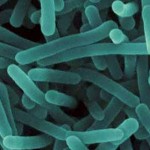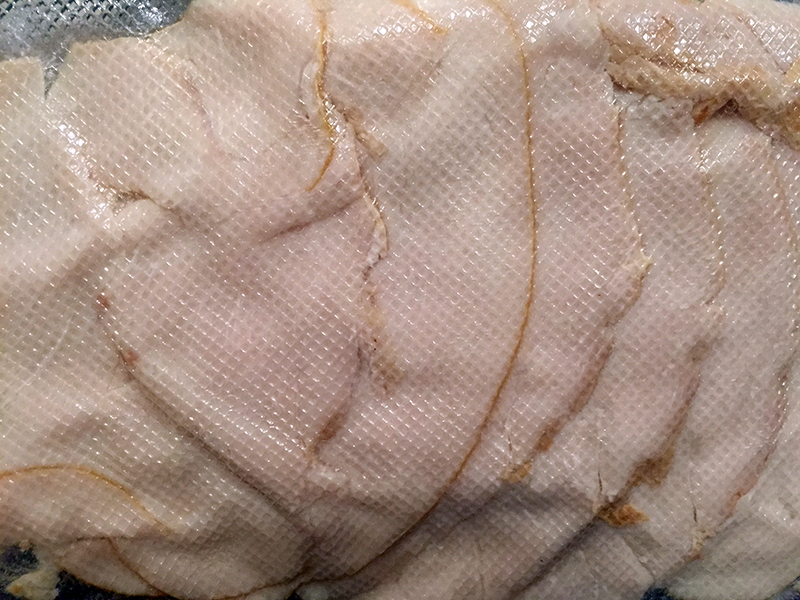“When a flower doesn’t bloom you fix the environment in which it grows, not the flower.” A quote, by Alexander Den Heijer, trainer, speaker, purposologist, that rings true in food safety. When there is a contamination issue in food processing, one must fix the environment in which food is being processed. Safe food is a product of a clean environment.
We have better environmental sampling programs in our food manufacturing plants and processing facilities, and we have sanitation standard operating procedures, so why are we seeing a prevalence of Listeria, and in rising numbers? I recently sat down with Jeff Mitchell, vice president of food safety at Chemstar, about the recent increase in Listeria outbreaks and how you can rid your facility of the dangerous pathogen.
We’re seeing Listeria—in product recalls and outbreaks—over the last couple of years, and in multiple numbers. Why do you think this is happening?

Jeff Mitchell: The distribution of Listeria in the environment has not changed, and the processes that we use for processing food really haven’t changed. What’s changed is the way that we collect data. We have PulseNet now, which gathers information. If someone goes to a medical treatment facility with a foodborne illness, they’re going to investigate that and they’re going to get the whole genome sequencing on the pathogen.
There’s a difference between understanding what transient Listeria is and resident Listeria. I think there are a lot of sanitation efforts being put forth to eliminate the resident populations—those are the populations we’re most concerned about, and they’re the ones that are being related back to a lot of these recalls.
If I have resident Listeria in my facility, why can’t I find it?
Food Safety Tech is organizing a Listeria Detection & Control Workshop, May 31 – June 1, 2016 in St. Paul, MN. LEARN MOREMitchell: Resident populations of Listeria are found in a biofilm—most bacteria aggregate within a biofilm. A biofilm is a survival mode for the bacteria; it protects it from sanitizer penetration. That layer actually masks it from sampling. You could swab a surface or an area and not pick it up, because the biofilm is masking it.
Jeff goes on to discuss the type of sanitation program that companies should have in place to get rid of resident Listeria. You can learn about the steps you need to take in my video interview.









Our environment and our processes may not have changed – but more complex process equipment and increasing focus on production efficiency have resulted in too many incidents resulting in outbreak of Listeria. Often we have situations where new equipment is very complex and may not be easy to clean and cleaning time has been reduced due to various plant optimization projects. In addition to this, once wear and tear kicks in on the equipment the original cleaning time may no longer be sufficient and then biofilm starts building up. Therefore hygienic design of equipment as well as daily cleaning validation becomes more and more critical to the food manufacturing industry.
We at Ecolox Tech have done numerous studies on various pathogens, there amongst Listeria.
Listeria is a very common bacteria that is rather easy to kill.
We have test studies showing more than Log3 reduction in less that 30 seconds using our technology.
Biofilm is for most sanitizers a problem, just since HOCL is neutrally charged it penetrates and breaks down the proteins very fast.
So for prevention or daily sanitation there are several companies out there that can be very helpful.